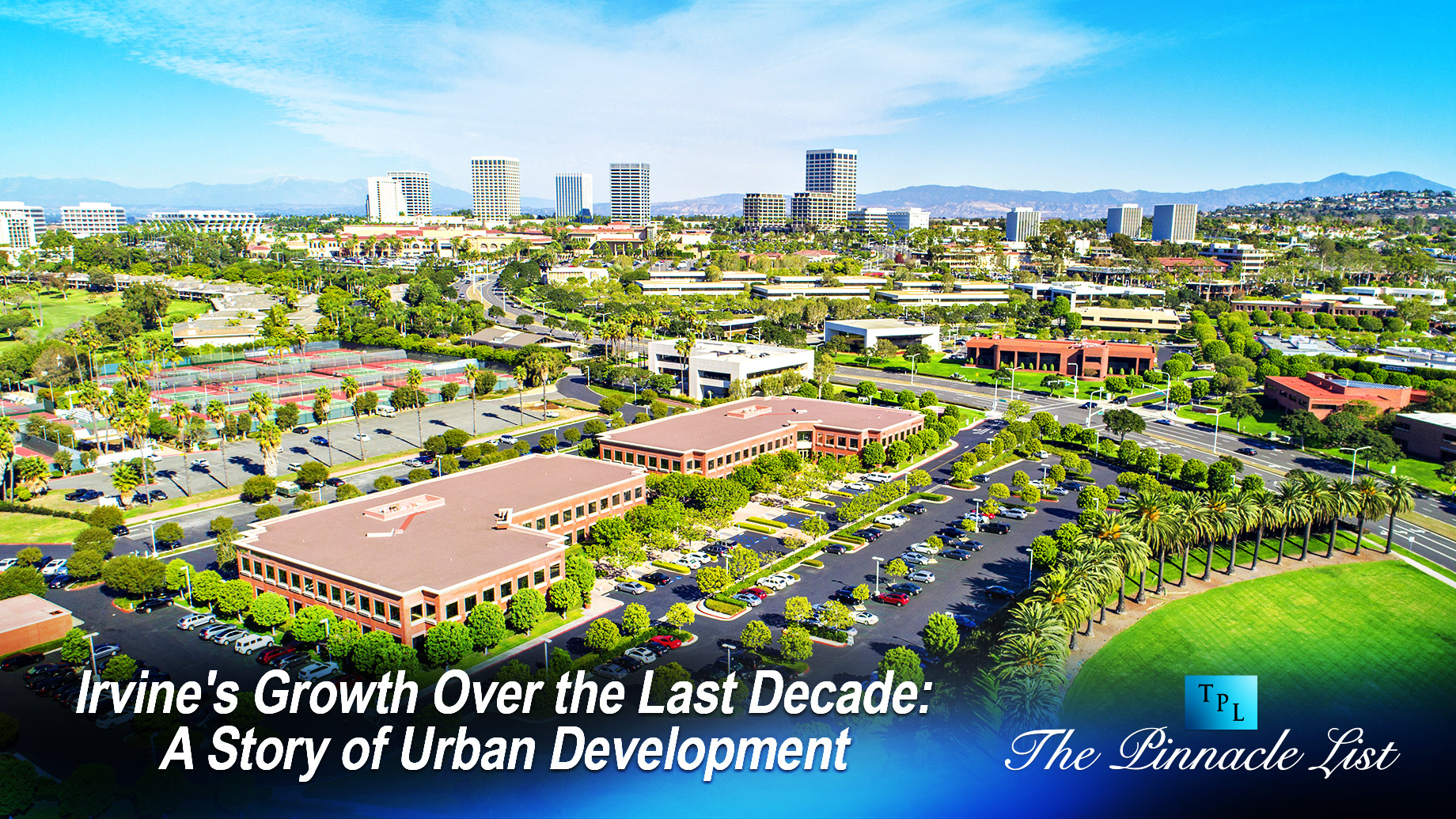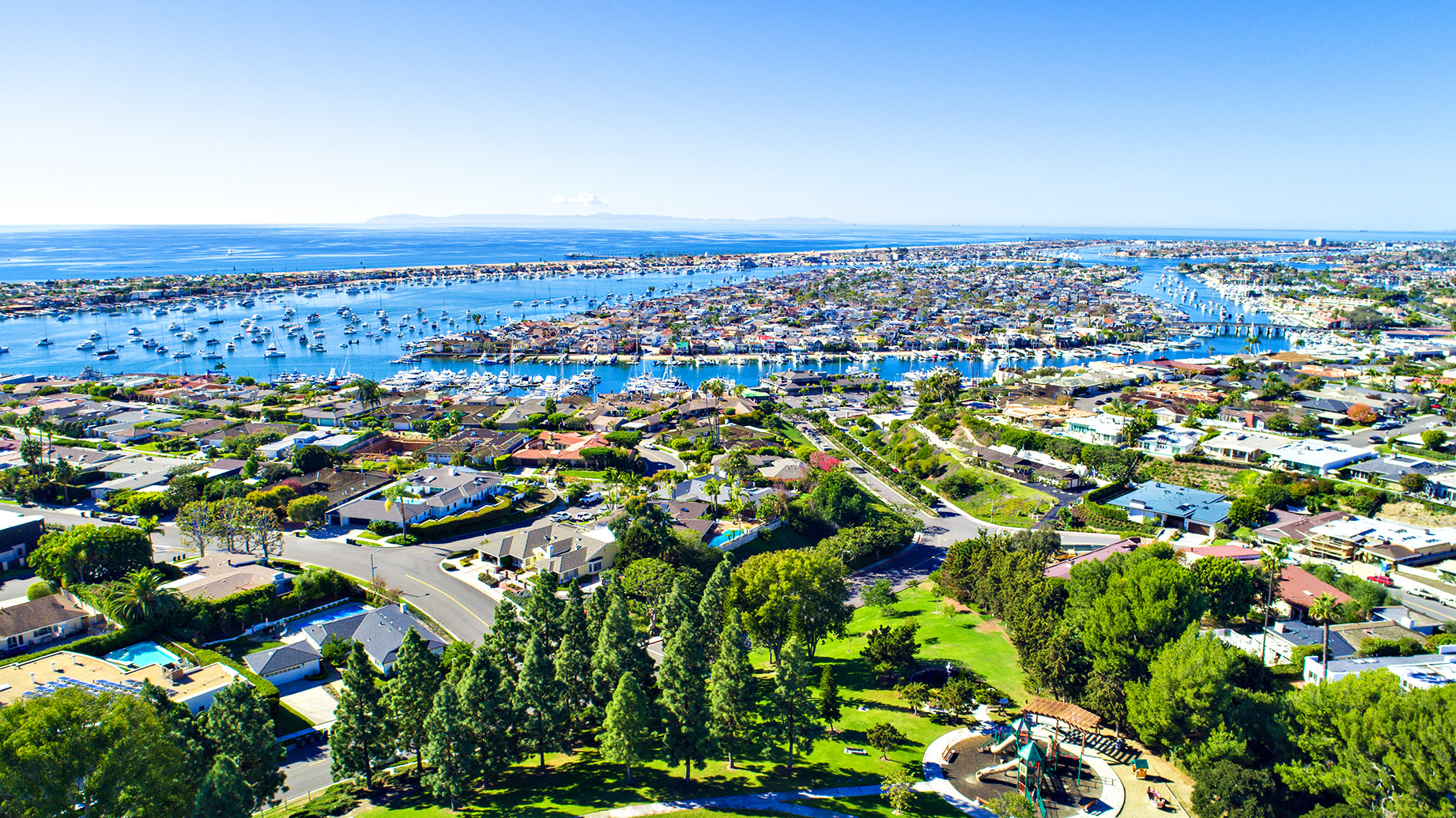
Irvine is a city known for its economic vitality, exceptional public services, and high quality of life in Orange County, California. Over the past decade, Irvine has undergone significant transformations, evolving from a quiet suburban community into a bustling hub of business and culture. This article explores the factors behind Irvine’s growth and the pivotal role played by local developments, including the impact of services provided by local contractors in Irvine.
Strategic Planning and Development
Irvine’s growth has been largely driven by strategic urban planning. The city’s master plan, initially designed in the 1960s, laid a foundation for controlled growth that focuses on sustainability and community welfare. Over the last ten years, this plan has been adeptly modified and expanded to accommodate the city’s evolving needs.
Expansion of Business and Technology Sectors
One of the most significant growth areas in Irvine has been the expansion of its business sector, particularly in technology and biosciences. The city has become a preferred location for tech giants and startups alike, attracted by Irvine’s strategic location, proximity to top universities like the University of California, Irvine (UCI), and a highly educated workforce. This influx has spurred developments in office spaces and commercial facilities, often overseen by local contractors in Irvine.
Residential Development
To accommodate its growing population, which has surged from about 212,000 in 2010 to over 287,000 in 2020, Irvine has seen substantial residential development. New housing complexes and high-density residential buildings have become a common sight, designed to cater to both the burgeoning student population and the professionals moving to the area.
Infrastructure Enhancements
With growth comes the need for robust infrastructure. Irvine has invested heavily in developing and upgrading its infrastructure to support its expanding population and economy. This includes enhancements in transportation, with improvements to roads and the addition of bike lanes to encourage green commuting. Utilities and public services have also been expanded, including water, electricity, and waste management systems.
Green Spaces and Community Amenities
Despite its rapid development, Irvine has maintained a commitment to preserving green space. The city is renowned for its parks, community sports facilities, and open spaces. This balance between development and environmental care has been crucial in maintaining a high quality of life for its residents.
Educational and Cultural Development
Irvine’s educational institutions have also played a key role in its growth. The presence of UCI has made the city a hub for research and innovation. Moreover, Irvine’s public schools are ranked among the highest in the nation, making the city an attractive place for families.
The city has also seen a rise in cultural amenities, including museums, theaters, and art galleries, which have enriched community life and made Irvine a cultural center in Orange County.
Economic Impacts
The economic impact of Irvine’s growth has been profound. The city has one of the lowest unemployment rates in the region and a significantly high job-to-resident ratio. The expansion of both commercial and residential construction projects has contributed to this economic boost, providing numerous opportunities for local businesses and contractors.
Conclusion

The last decade has marked a period of remarkable growth and change for Irvine, transforming it into a dynamic city that balances urban development with quality of life. Its success is a testament to effective city planning, a strong economy, and the capabilities of local businesses and contractors who continue to shape its skyline. As Irvine moves forward, it remains a model of how thoughtful development and community engagement can work hand in hand to create a thriving urban environment.